Data has always been the cornerstone of strategic business decision-making to gain a competitive advantage, but today, due to the enormous surge in data volumes and new reporting tools, using analytics has become a competitive necessity.
After all, more than 90 percent of the world’s data was generated in the last two years alone, 1 creating enormous complexity. Without today’s advanced cognitive analytic technologies that turn data into keen business insights, all that data is useless.
Three essential best practices to converting your data into a true competitive advantage include:
1) Strong adoption of analytics in the C-suite
Senior executives need to be strong advocates for using analytics and make it a practice to apply data analysis to drive strategic decisions. If the C-suite measures progress with data, the rest of company will fall in line too. While this may seem obvious, analytics are most often handled by “data crunchers”, but the organization-wide usage of data ensures consistent and meaningful decision-making at every level.
2) Trusting your instincts
Yes, today’s sophisticated cognitive analytical technologies offer promise in uncovering insights you can put to work to achieve challenging goals, but intuitive wisdom is still essential, especially when making tough decisions such as cutting costs. You know your company, your goals, and your people. By using analytics to back up your intuition and put more context into your analysis, you take your data beyond just numbers and can make business decisions that are tailored to your company.
3) Keeping a strategic focus
Using analytics not only helps improve business processes, but can help addresses broader strategic issues. For example, ask yourself why is one area of your business more successful than another? How can efficiencies be applied to other areas of business? Thinking strategically means asking the right questions so you get the most valuable answers.
Direct Commerce reporting and analytics tools give our clients insights across the supply chain regarding invoice approval times, supplier pricing, supplier performance, and more.
Our reporting dashboards raise awareness and highlight areas for quick improvement. At the same time, these analytics help C-level executives keep long-term objectives in mind as they assess their business strategy.
We know that those who were once known as “data crunchers” are now expected to become “business analysts,” so executives need to adopt best practices to align the use of analytics to business goals. With the help of our reporting tools, you can take your company’s data to the next level.
1 https://www-01.ibm.com/software/data/bigdata/what-is-big-data.html

